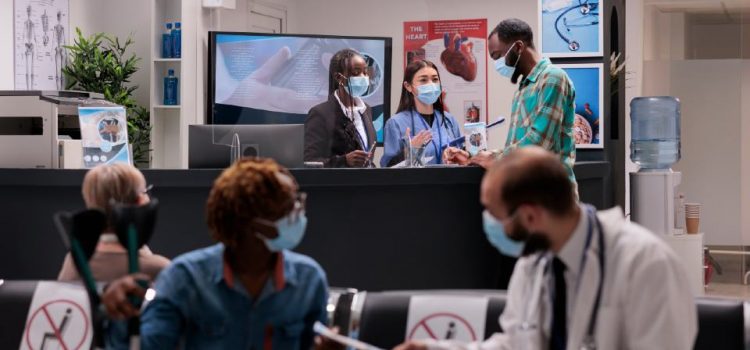Zaharoula A. Viennas, MD; Julie Martin, MAEd, MMS, PA-C; Benjamin Klick, MD; Tammy Speerhas, DNP, FNP-C, RN, CEN, CME; Turaj Vazifedan, DHSc; Danielle Millspaugh, DNP, FNP-C; Jennifer Ferris, MD; Margret Bedle, MD; Lauren Paluch, DMSc, PA-C; and Theresa Guins, MD Urgent message: Research has shown distinct differences in patterns of children presenting to emergency rooms during COVID-related lockdowns. However, data specific to urgent care have been lacking previously. Citation: Viennas ZA, Martin J, Klick B, …
Read More









